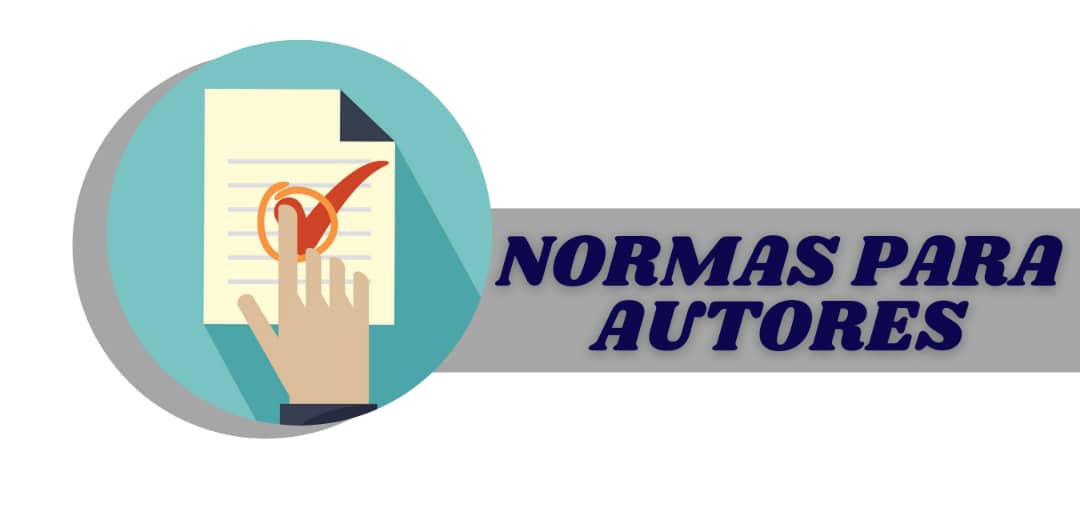El síndrome de Kartagener y su relación con las ciliopatías
Palabras clave:
ciliopatías, discinesia ciliar primaria, síndrome de Kartagener, cilios móvilesResumen
Las ciliopatías se definen como un grupo de síndromes clínica y genéticamente heterogéneos, causadas por defectos en la formación y/o función de los cilios y se clasifican como ciliopatías móviles e inmóviles. El síndrome de Kartagener, enfermedad autosómica recesiva, es una ciliopatía móvil que integra un grupo de enfermedades denominadas discinesias ciliares primarias; se manifiesta clínicamente en edades tempranas de la vida por presentar susceptibilidad a padecer infecciones crónicas recurrentes del sistema respiratorio, situs inversus, e infertilidad en la adultez. El síndrome de Kartagener se presenta por mutaciones en algunos genes que codifican para las proteínas de los brazos de dineína externo e interno presentes en el axonema ciliar. En esta revisión de 28 referencias bibliográficas, se explica la relación morfofuncional y genética entre el síndrome de Kartagener y las ciliopatías.Citas
2. Bloodgood RA. Sensory reception is an attribute of both primary cilia and motile cilia. Journal of cell science. 2010;123(Pt 4):505-9.
3. Fliegauf M, Benzing T, Omran H. When cilia go bad: cilia defects and ciliopathies. Nature reviews Molecular cell biology. 2007;8(11):880-93.
4. Cardenas-Rodriguez M, Badano JL. Ciliary biology: understanding the cellular and genetic basis of human ciliopathies. Am J Med Genet C Semin Med Genet. 2009;151C(4):263-80.
5. Hurd TW, Hildebrandt F. Mechanisms of nephronophthisis and related ciliopathies. Nephron Experimental nephrology. 2011;118(1):e9-14.
6. Tobin JL, Beales PL. The nonmotile ciliopathies. Genetics in medicine : official journal of the American College of Medical Genetics. 2009;11(6):386-402.
7. Serapinas D, Staikuniene J, Barkauskiene D, Jackute J, Sakalauskas R. An unusual regression of the symptoms of Kartagener syndrome. Archivos de bronconeumologia. 2013;49(1):28-30.
8. Berdon WE, Willi U. Situs inversus, bronchiectasis, and sinusitis and its relation to immotile cilia: history of the diseases and their discoverers-Manes Kartagener and Bjorn Afzelius. Pediatric radiology. 2004;34(1):38-42.
9. Azfelius B. What happens when the cilia remain immobile? Lakartidningen. 1976;73(7):509-10.
10. Lucas JS, Paff T, Goggin P, Haarman E. Diagnostic Methods in Primary Ciliary Dyskinesia. Paediatric respiratory reviews. 2016;18:8-17.
11. Waters AM, Beales PL. Ciliopathies: an expanding disease spectrum. Pediatr Nephrol. 2011;26(7):1039-56.
12. Shapiro AJ, Davis SD, Ferkol T, Dell SD, Rosenfeld M, Olivier KN, et al. Laterality defects other than situs inversus totalis in primary ciliary dyskinesia: insights into situs ambiguus and heterotaxy. Chest. 2014;146(5):1176-86.
13. Falk N, Losl M, Schroder N, Giessl A. Specialized Cilia in Mammalian Sensory Systems. Cells. 2015;4(3):500-19.
14. Nonaka S, Tanaka Y, Okada Y, Takeda S, Harada A, Kanai Y, et al. Randomization of left-right asymmetry due to loss of nodal cilia generating leftward flow of extraembryonic fluid in mice lacking KIF3B motor protein. Cell. 1998;95(6):829-37.
15. Praveen K, Davis EE, Katsanis N. Unique among ciliopathies: primary ciliary dyskinesia, a motile cilia disorder. F1000prime reports. 2015;7:36.
16. Atkinson KF, Kathem SH, Jin X, Muntean BS, Abou-Alaiwi WA, Nauli AM, et al. Dopaminergic signaling within the primary cilia in the renovascular system. Frontiers in physiology. 2015;6:103.
17. Adams M, Smith UM, Logan CV, Johnson CA. Recent advances in the molecular pathology, cell biology and genetics of ciliopathies. Journal of medical genetics. 2008;45(5):257-67.
18. Ul Hassan A, Hassan G, Khan SH, Rasool Z, Abida A. Ciliopathy with special emphasis on kartageners syndrome. International journal of health sciences. 2009;3(1):65-9.
19. Eggenschwiler JT, Anderson KV. Cilia and developmental signaling. Annual review of cell and developmental biology. 2007;23:345-73.
20. Valente EM, Rosti RO, Gibbs E, Gleeson JG. Primary cilia in neurodevelopmental disorders. Nature reviews Neurology. 2014;10(1):27-36.
21. Chen JC, Hoey DA, Chua M, Bellon R, Jacobs CR. Mechanical signals promote osteogenic fate through a primary cilia-mediated mechanism. FASEB journal : official publication of the Federation of American Societies for Experimental Biology. 2016;30(4):1504-11.
22. Knowles MR, Daniels LA, Davis SD, Zariwala MA, Leigh MW. Primary ciliary dyskinesia. Recent advances in diagnostics, genetics, and characterization of clinical disease. American journal of respiratory and critical care medicine. 2013;188(8):913-22.
23. Casey JP, Goggin P, McDaid J, White M, Ennis S, Betts DR, et al. A case report of primary ciliary dyskinesia, laterality defects and developmental delay caused by the co-existence of a single gene and chromosome disorder. BMC medical genetics. 2015;16:45.
24. Norris DP. Cilia, calcium and the basis of left-right asymmetry. BMC biology. 2012;10:102.
25. Yoshiba S, Hamada H. Roles of cilia, fluid flow, and Ca2+ signaling in breaking of left-right symmetry. Trends in genetics : TIG. 2014;30(1):10-7.
26. Armengot Carceller M, Mata Roig M, Milara Paya X, Cortijo Gimeno J. [Primary ciliary dyskinesia. Ciliopathies]. Acta otorrinolaringologica espanola. 2010;61(2):149-59.
27. Bush A, Chodhari R, Collins N, Copeland F, Hall P, Harcourt J, et al. Primary ciliary dyskinesia: current state of the art. Archives of disease in childhood. 2007;92(12):1136-40.
28. Pennarun G, Chapelin C, Escudier E, Bridoux AM, Dastot F, Cacheux V, et al. The human dynein intermediate chain 2 gene (DNAI2): cloning, mapping, expression pattern, and evaluation as a candidate for primary ciliary dyskinesia. Human genetics. 2000;107(6):642-9.
Descargas
Publicado
Cómo citar
Número
Sección
Licencia
Aquellos autores/as que tengan publicaciones con esta revista, aceptan los términos siguientes:
Los autores/as conservarán sus derechos de autor y garantizarán a la revista el derecho de primera publicación de su obra, el cuál estará bajo una Licencia de Creative Commons Reconocimiento-NoComercial 4.0 Internacional (CC BY-NC 4.0)
Los autores/as podrán adoptar otros acuerdos de licencia no exclusiva de distribución de la versión de la obra publicada (p. ej.: depositarla en un archivo telemático institucional o servidores preprint) siempre que se indique la publicación inicial en esta revista.
Se permite y recomienda a los autores/as difundir su obra a través de Internet (p. ej.: en archivos telemáticos institucionales o en su página web) antes y durante el proceso de envío, lo cual puede producir intercambios interesantes y aumentar las citas de la obra publicada.








